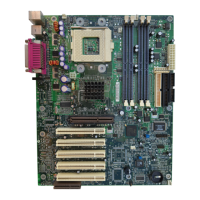
Do you have a question about the Intel D850GB and is the answer not in the manual?
| Form Factor | ATX |
|---|---|
| Socket Type | Socket 423 |
| Chipset | Intel 850 |
| Memory Type | RDRAM |
| Memory Slots | 4 |
| Maximum Memory Supported | 2 GB |
| PCI Slots | 5 |
| FDD Connector | 1 |
| PS/2 | 2 |
| Audio | AC'97 |
| Audio Ports | 3 |
| AGP Slots | 1 |
| IDE | 2 |
Details the initial release of the technical product specification.
Defines the target users for this technical product specification document.
Explains the symbols and abbreviations used throughout the specification.
Highlights important information, hardware damage risks, and personal injury warnings.
Defines common abbreviations and symbols used for signals and data values.
Provides a general overview of the D850GB board and its features.
Summarizes the major features of the D850GB board.
Details the available manufacturing options for the D850GB board.
Shows the location of major components on the D850GB board.
Illustrates the major functional areas and data flow of the D850GB board.
Lists resources and websites for obtaining information about the D850GB board.
Lists applicable specifications and their sources for the D850GB board.
Details processor support, including compatibility and cautions.
Describes system memory features, including RDRAM and configurations.
Explains the components of the Intel 850 chipset and their functions.
Details the features of the SMSC LPC47M102 I/O controller.
Describes the audio subsystem features and interfaces.
Explains the Network Interface Controller subsystem and its features.
Details the CNR connector interface for audio, modem, USB, and LAN.
Covers fan control, monitoring, and hardware monitoring capabilities.
Explains software and hardware support for power management features.
Introduces the technical reference sections and their content.
Provides a map of the system memory address ranges.
Lists the I/O addresses and their corresponding system resources.
Details the DMA channels and their system resources.
Defines the PCI configuration space map for devices.
Lists the IRQs and their associated system resources.
Describes interrupt sharing between PCI connectors and onboard devices.
Details the various back panel, internal, and external I/O connectors.
Locates and describes the function of jumper blocks on the board.
Covers form factor and I/O shield dimensions.
Discusses power consumption, add-in board current, and standby requirements.
Addresses ambient temperature limits and component thermal zones.
Provides MTBF predictions and reliability data for the board.
Lists shock, vibration, and temperature specifications.
Outlines safety and EMC regulations the board complies with.
Introduces the BIOS, its features, and setup program.
Describes the organization of the BIOS flash memory device.
Explains PCI autoconfiguration and IDE support.
Details SMBIOS as a method for managing system components.
Explains how USB legacy support enables USB devices during boot.
Covers utilities and functions for updating the BIOS.
Guides on recovering BIOS data using recovery mode and diskettes.
Describes choices for booting from diskette, hard drive, CD-ROM, or network.
Discusses factors affecting system boot speed and optimization.
Explains BIOS security features like supervisor and user passwords.
Explains how to access and use the BIOS Setup program.
Details options for clearing passwords and enabling extended configuration.
Displays processor/memory info and configures system date/time.
Configures advanced chipset features like PCI, IDE, and Video.
Covers setting passwords and user access levels for security.
Configures power management features like inactivity timer and suspend states.
Sets boot features, sequence, and after power failure options.
Options for saving/discarding changes and loading defaults.
Lists common BIOS error messages and their explanations.
Describes POST codes generated by the BIOS for troubleshooting.
Details checkpoints for bus initialization routines.
Explains the onboard speaker's role in providing error codes.
Lists BIOS beep codes and their meanings for POST errors.
Explains diagnostic LED codes for system status during POST.

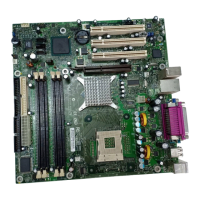
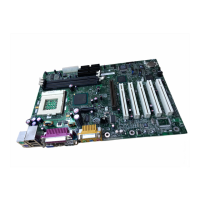


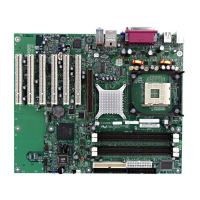
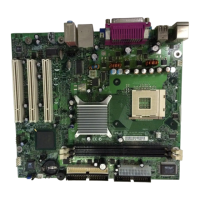
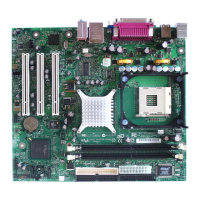
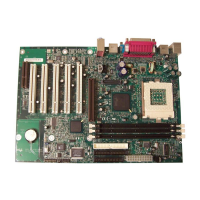
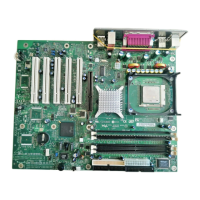
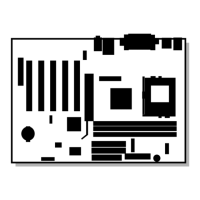

